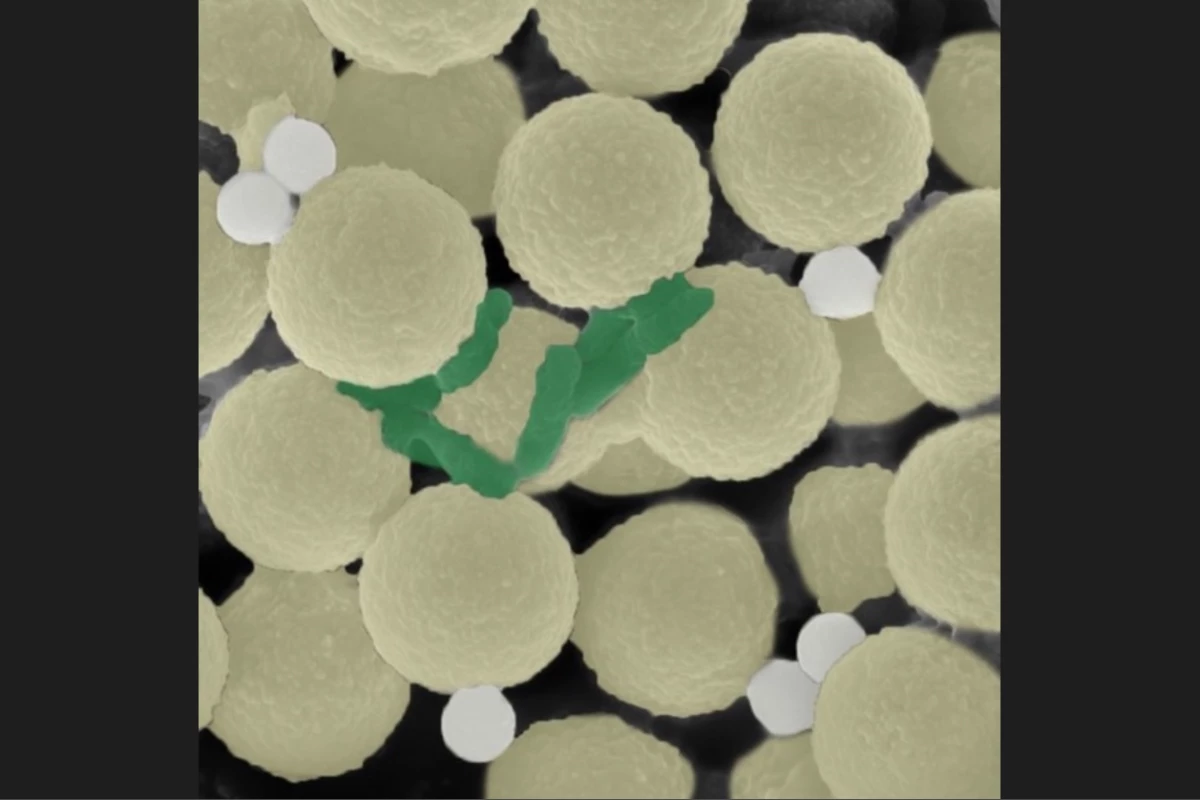Scientists have developed tiny "robots" which appear to be very effective at removing microplastics pollution from water. What's more, the little bots also target the harmful bacteria that often hitch a ride on the plastic particles.
By definition, microplastics are fragments of plastic smaller than 5 millimeters in diameter.
Found in waterways around the world, they come from a number of sources. These include chunks of floating plastic waste that break down into smaller pieces; products such as toothpaste which contain plastic microbeads; synthetic clothing that sheds fibers while being washed; and car tires that release bits of rubber which make their way into storm sewers.
Researchers are still trying to understand how people's health may be affected by ingesting the particles in and of themselves. That said, harmful bacteria are often drawn to microplastics, living on or around the particles – and we definitely shouldn't be eating or drinking those microbes.
That's where the microrobots come in.
Developed by Prof. Martin Pumera and colleagues at the Czech Republic's Brno University of Technology, the tiny spherical devices measure just 2.8 micrometers in width. At the heart of each one is a commercially available magnetic Dynabead, typically used in scientific research. Attached to the surface of each of these beads are strands of a positively charged polymer with the catchy name of poly(N-[3-(dimethylamino)propyl]methacrylamide).
Upon initially being added to a tank of water, the individual robots stay more or less evenly dispersed in the liquid. Once exposed to a rotating magnetic field produced by external coils, however, groups of the bots align themselves with that field, linking up with one another to form flat sheets. Those sheets move through the water, following the direction of the rotating magnetic field.
In lab tests, the scientists put the microrobots in water containing both pneumonia-causing Pseudomonas aeruginosa bacteria and 1-micrometer-wide fluorescent polystyrene beads (the latter playing the role of microplastics). As sheets of the robots made their way through the water, the bacteria and the beads were attracted to and became trapped in the bots' charged polymer strands.
After 30 minutes of this activity, a magnet was used to remove the microrobots from the water. Ultrasound was then used to detach the microbes and plastics from the bots in a separate vessel, followed by a UV irradiation process to kill the now-concentrated bacteria. The robots could then be reused, albeit at a reduced microbe- and plastic-trapping capacity.
Prof. Pumera tells us that the technology is approximately five to 10 years from entering real-world use. In the time being, you can see the microrobots in action in the video below.
The research is described in a paper that was recently published in the journal ACS Nano.
Source: American Chemical Society




